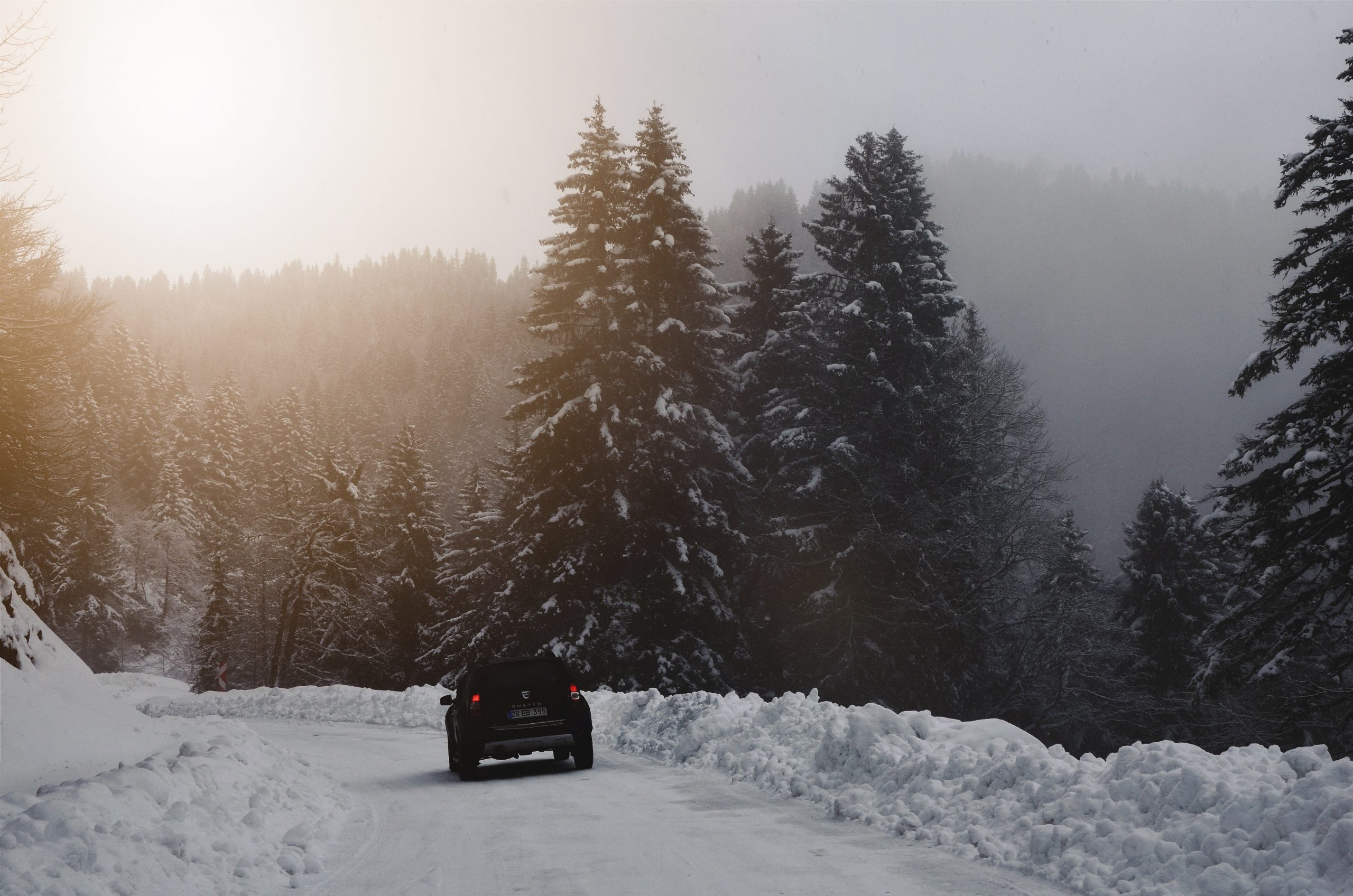During the winter months, driving conditions can become hazardous as the weather gets less predictable. In extreme conditions, it is better to stay off the roads altogether; however, this is not always possible. There are several essential steps you can take to reduce your risk.
Know your vehicle
You need to be aware of what conditions your car can safely handle. You may have anti-lock brakes, all-wheel drive and all-weather tires, but while all of these features are valuable, don’t be fooled into thinking your vehicle is accident-proof in bad weather.
Becoming too confident in your vehicle’s ability to respond to wintry road conditions is a sure-fire way to find yourself in a dangerous situation.
Check tire pressure monthly
Keep your car’s tires inflated according to the manufacturer’s recommendations for best performance on icy roads.
Changes in temperature can have an effect on your tire pressure, making pressure checks mandatory during the winter months. Extra benefits of proper tire inflation are better gas mileage and longer tire life.
Check your battery
Cold days can slow down the chemical reaction in your vehicle’s battery, which in turn decreases power output. Always be sure that your battery is fully charged before braving the wintry elements.
Stay mentally engaged
Especially in hazardous weather, stay fully focused when you drive. Keep your eyes on the road ahead so that you can anticipate hazards.
Exercise extra caution on bridges, overpasses and heavily shaded areas. Put your phone away and focus completely on the task at hand.
Use extra caution at intersections, stop signs
Intersections can become deceptively treacherous during the winter months. Snow tends to become packed in these areas, and can develop a slick, icy surface.
To compensate, approach intersections slowly and begin braking sooner than you would in normal driving conditions.
Plan ahead when traveling
Plan travel times during the daylight hours, and wear sunglasses with UV protection to shield yourself from ice and snow glare. Take the most direct route to your destination and allow extra travel time so that you are not tempted to drive fast in unfavorable conditions.
Stock your car with emergency provisions
Put a blanket, snacks and water in the trunk of your car to tide you over if you become stranded. Keep emergency flares and a flashlight on hand as well. Also have a plug-in charger in your car, so you can keep your phone charged should you need to call or message for help.





